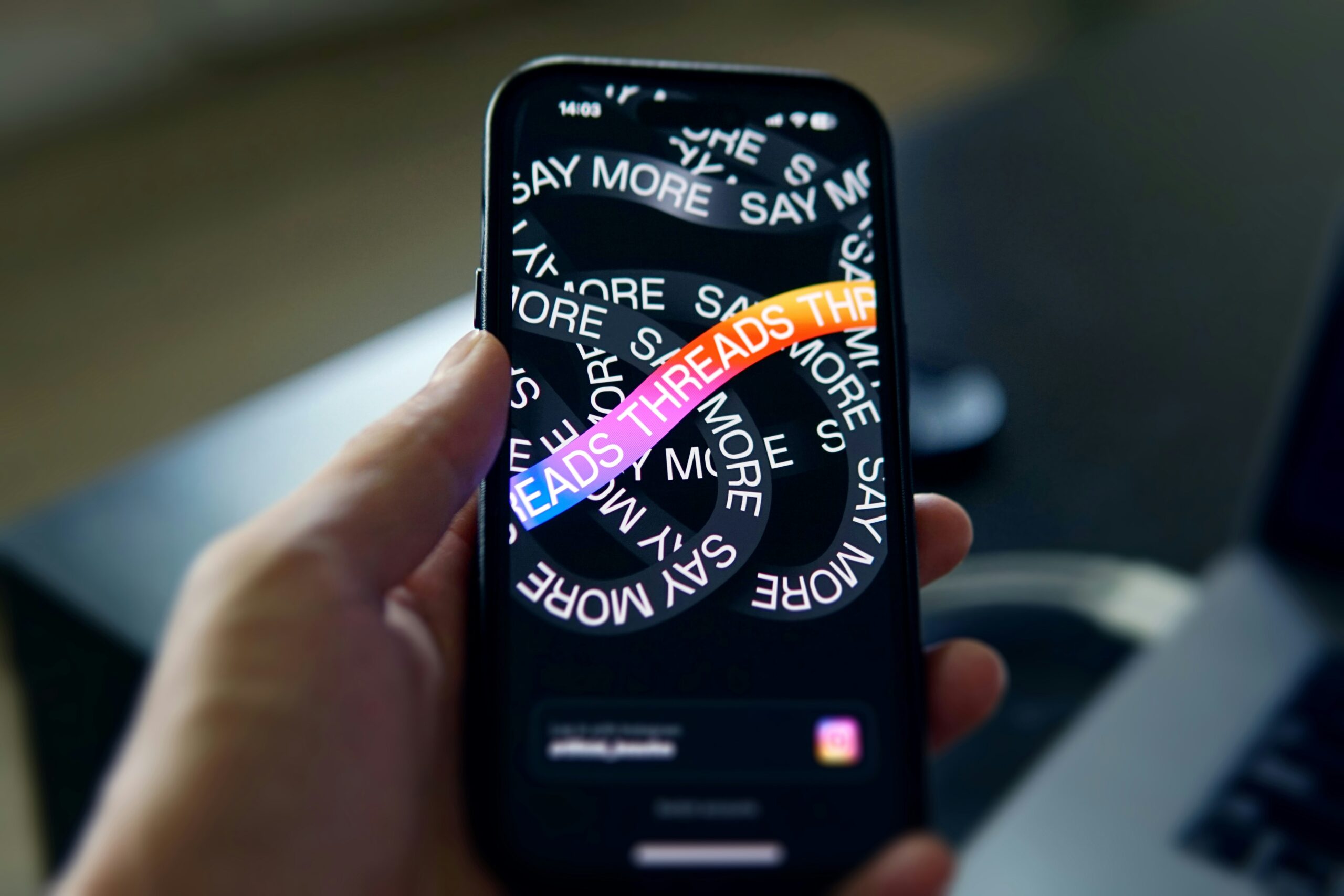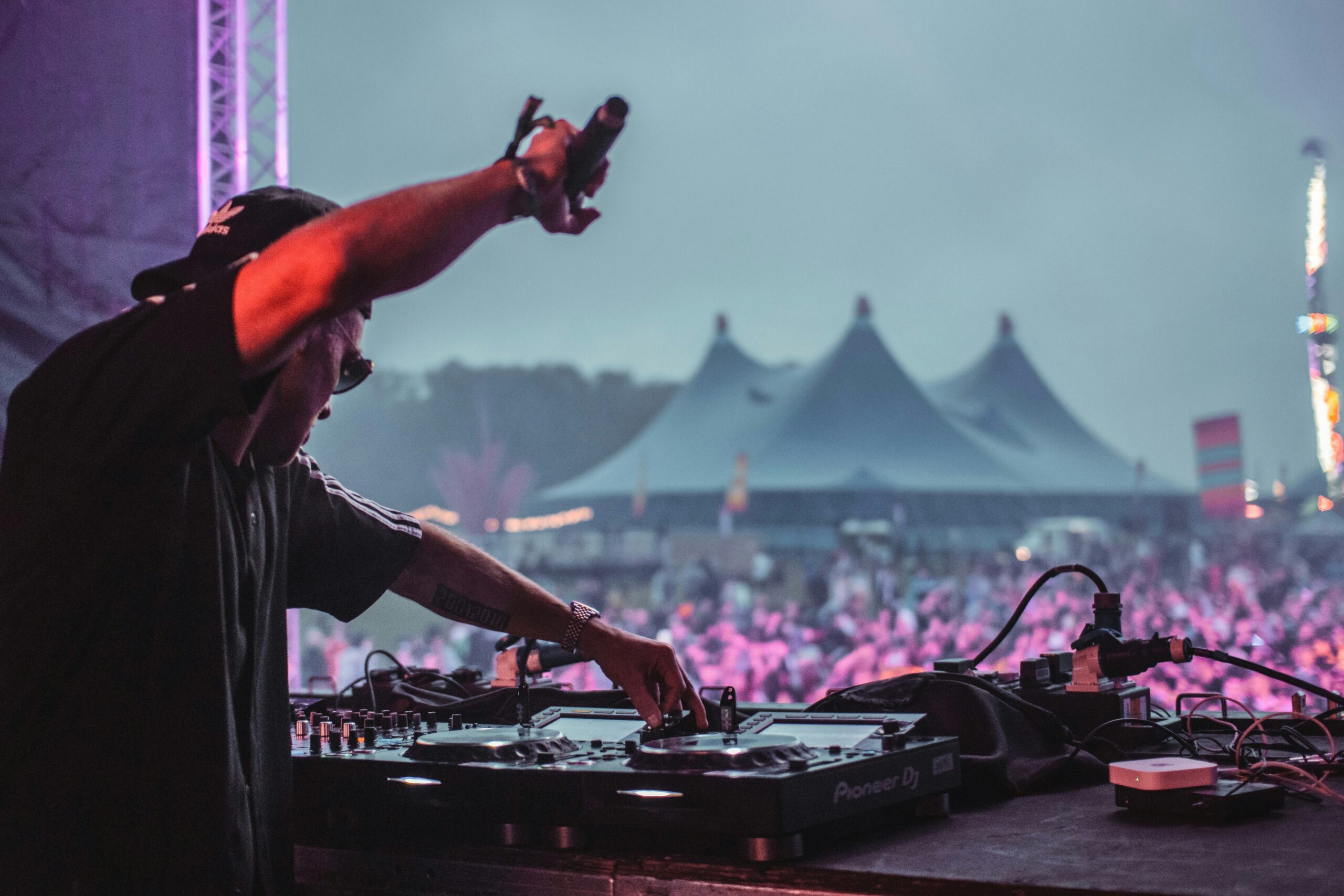
Social Factor
Finding Your Future at SF: Where Growth Meets Opportunity

You have a great product or service. You know your target audience. You’ve created a great marketing campaign. Simply put, you have a great brand. But how do you translate all of that greatness into social media success? Should you just optimize your marketing campaign for social, wind it up and let it go? Or do you need to get in the trenches and create a meme each day that goes viral? The answer typically lies somewhere in the middle.

According to Sprout Social, 68 percent of users follow a brand to keep up to date on its products or services. However, 34 percent of users said they would also unfollow a brand on social media if it posted too many self-promotional messages, with an additional 29 percent opting to hide that brand’s content. So, your social media audience wants to know more about what you have to offer, but having balance in the type of content you’re sharing and your approach to social is critical.
Which leads us to the question of applying a proactive versus reactive strategy for social media: Being proactive means having a content strategy and leveraging social media listening to find industry and customer trends that inform your content and anticipate what your social channels need to say. On the other hand, being reactive is utilizing social monitoring to engage with your audience and identify trends to capitalize on with real-time social media content.
Can you have one without the other? Yes, you can. However, your brand can really come alive when your social media strategy incorporates both proactive and reactive tactics together.
Let’s take a closer look at three tactics from each category and examine the value each can create for your brand.
1. Social listening – This term is often confused with social monitoring, but Sprinklr defines social listening as collecting data from social mentions and customer conversations to develop insights that inform decisions you make for your customers. You can use a platform like Sprinklr, Khoros, Hootsuite or countless others to draw insights from customer interactions on social media. A common item to track is sentiment among users engaging with your brand. You can also track, segment and analyze conversation topics among your customers and larger industry conversations to learn what questions your brand can have answers readily at hand for in social content. Social media today is all about creating value and becoming a resource.
2. Campaign and content planning – If you enter into social media without a plan of where you’re going, it’s kind of like entering a forest without a compass or map. You’re in there, but you’ll never get to where you want to go. Start by taking the knowledge of who your audience is and an expectation of the type of content they enjoy to inform your content strategy. And of course, everything should tie back to your marketing campaign’s objectives, goals and tactical plans. You’ll also want to make sure your social media is playing a role in your customer journey.
3. Competitor mentions – This can be risky. A brand to look at for ideas in this realm is Wendy’s. Engaging with competitors in social while also engaging with customers can yield positive results for all when brands play nice, but you can get caught on your heels if you’re not careful with your engagement or confident in your brand’s tone. If you’re going to step into this arena, make sure your brand voice is consistent and you’re ready to pivot on a dime with a witty (but maybe not too aggressive) comeback to defend your brand’s service or product. It’s good to start small with this tactic to get your feet wet and see if this type of engagement is effective for your brand.

1. Social monitoring – This tactic is defined as “identifying and responding to individual brand mentions on social media.” At Social Factor, we refer to this tactic as social care. Much like social listening, you can utilize platforms like Sprinklr, Khoros or Hootsuite to monitor your brand’s mentions, as well as relevant keywords. This information helps you grow your brand and respond to customer comments and inquiries quickly, which can make a big difference since 69% of consumers expect a response within the same day of reaching out and 60% will move to a rival if they have a negative experience. With 63% of consumers saying their brand loyalty is significantly influenced by the quality of customer support they get on social media, an investment in social monitoring can clearly add to your brand’s bottom line.
2. Indirect mentions – A subset of social monitoring is indirect mentions, which are mentions of your brand that don’t directly tag your brand. You can use social listening platforms to identify mentions of your brand, including misspellings of your brand name, and engage with customers who are talking about you but not directly to you. This is an opportunity to build trust by establishing that your brand cares for customers online.
3. Newsjacking and trend watching – This tactic is another subset of social monitoring used to identify real-time trends and events that your brand can take advantage of on social. You can use tools like Trendsmap or Google Trends to find out what people are talking about or are interested in online. Many social platforms have social listening abilities that identify trending topics. You can also check out the National Day Calendar to identify upcoming days that might be relevant for your brand. Test out a few creative ideas or watch for a trending topic that your brand could comment on and see what resonates with your audience!
Obviously, it’s no small feat to leverage both proactive and reactive tactics. It takes a clear strategy and a focused team that can both prepare for the future and stay in the moment. If your strategy could use a tune-up or your team needs an extra hand for your digital efforts, let Social Factor know! Our digital experts are ready to help.

Finding Your Future at SF: Where Growth Meets Opportunity

Transform your Digital Strategy by Using Tech and SaaS for Optimal Resource Utilization

Building Brand Loyalty Through Authentic Human Connection

Sail Through Social Media Budget Planning with Ease

How Brands Can Navigate Pre-Election Chaos on Social Media

Threads: Is It Worth It Yet?

Jack “Of All Trades” Dorsey Is No Longer on the Bluesky Board

Celebrating Diversity at Social Factor

Coachella: What It Takes to Livestream the Festival on YouTube

How Fort Worth’s Social Factor Is Rocking ‘Human Connection’